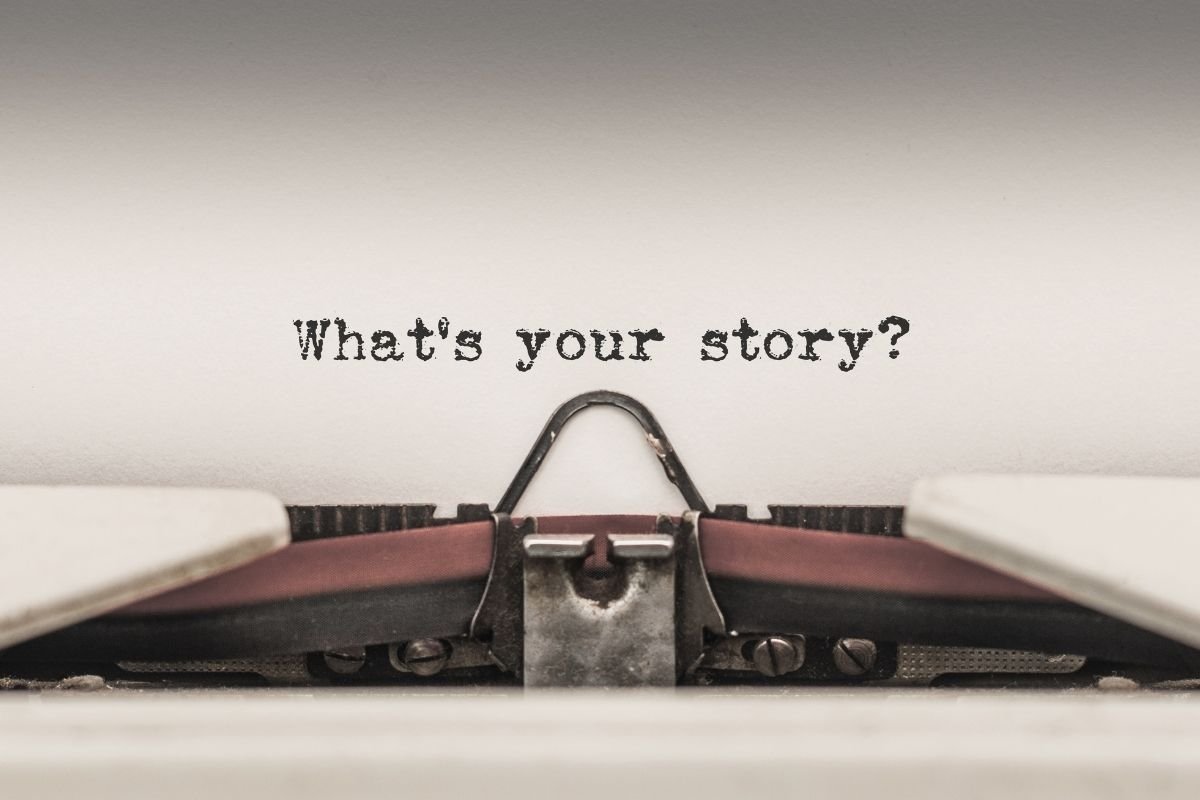A Fresh Model for Engaging New (and old!) Synagogue Members
“Did Dr. Martin Luther King, Jr. really once give the Shabbat morning service at this synagogue?”
“Is it true that our congregation split in the 1920s over whether men and women should sit together?”
These are three questions I have found myself asking, as a relatively new synagogue member, about my own house of worship, since my wife and I officially joined four and a half years ago. I’ve sought out, overheard, or stumbled upon the answers to all three since, and each has changed the way I think about and engage with my synagogue, and the people who make up that community.
My experience isn’t unique. Like so many other millennials, I don’t live in the community where I was raised. My family helped found that synagogue. I was there on the first day of Hebrew school when we met in the parking lot because the building wasn’t finished. I know why the disco ball is hung for the gala every year—for the history, not the pretty lights.
As an adult, though, in the community I’ve intentionally chosen, my membership is less than five years old, and the history of my involvement with the synagogue isn’t much older.
Every synagogue community has its own culture, its oddly placed prayer, its disco ball of remembrance, but there’s no crash course on synagogue history when you join, no weekly class on the unique culture and traditions you might not expect and that might make you feel out of place in your new spiritual home. Mostly this isn’t because the history is hidden or shameful, but simply because we haven’t found the right format to tell those stories and have them be heard.
The perfect format is out there. It’s a podcast.
A limited-series podcast, featuring the stories, voices, and personalities of the entire synagogue community—from clergy to leadership, teens to interfaith partners—can help new members embed themselves in your community without missing a beat. In a few short episodes, new members could learn highlights from the synagogue’s history, hear a personal greeting from clergy members, experience a morning at Hebrew school, or even participate in a congregational trip to Israel.
The power of podcasting is in the immersive experience it can create. The impact of that experience is driven by high quality audio, creative sound design, and polished production. From there, the possibilities are endless. Best of all, the relatively low cost of production means your content can be refreshed when new leadership cycles into place, professionals transition, new programs are offered, and fresh history is created.
Podcast listenership has grown tremendously since the platform was first introduced in 2006. At the time, only 22% of Americans were familiar with the term. By 2019, over half of Americans reported having listened to at least a single podcast episode. (Edison Research) The best, most recent data on podcast listenership is from early 2021. It suggests 41% of Americans aged 12+ listened to a podcast in the last month, a number that’s sure to have grown in the year since the survey was conducted. Since 2018, monthly podcast listenership has grown by 58%, driven by both Baby Boomer and Gen Z listeners. Among all Americans ages 12-34, it has grown by 65%, and by 100% among listeners age 55+. (Infinite Dial 2021)
If you’re not already podcasting, now is the time to start… it’s not too late. That doesn’t mean you need to pull out your rolodex, or open up your contacts app and mine your network for people to interview. That model isn’t right for everyone, and podcasting can be so much more than that.


